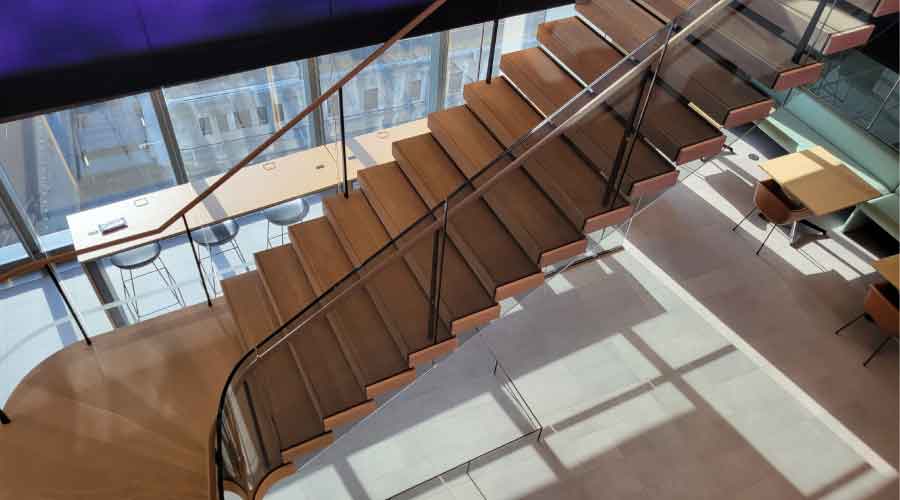New Study Finds Imported Networking Cable Poses Potential Fire Hazard
Many communications cable products manufactured outside the United States could present a significant fire risk, a new independent study has found.
Many communications cable products manufactured outside the United States could present a significant fire risk, a new independent study has found.
The study, conducted on behalf of the Communications Cable and Connectivity Association (CCCA) by an independent laboratory, found that none of the nine randomly selected offshore samples met U.S. minimum requirements for performance and safety.
Other test results showed that none of the samples fully met all of the minimum requirements and eight of the nine samples failed to meet the National Fire Protection Association (NFPA) minimum code requirements for low flame spread and/or smoke safety requirements for installation in commercial buildings, schools and multi-tenant residences. Many of the samples failed the flame spread and smoke tests catastrophically, according to CCCA.
Because of the seriousness of these safety concerns, CCCA says it plans to establish a new product certification program. One key component will be independent laboratory testing of structured cabling products that have been procured from point–of-sale locations, CCCA says.
The cables selected for the tests were all procured from North American distributors and were comprised of Category 5e and Category 6 cables, which are the predominant cable types used for establishing wired local area networks (LAN). Category 5e cables also are typically used for telephone interconnection within a building. These cables are commonly installed behind walls and in ceilings and are connected to wall outlets that have phone or Ethernet jacks. The invisible placement of these cables makes their flame and smoke characteristics critical because combustion would not be evident to inhabitants until after it had progressed significantly.
CCCA says it sponsored the independent tests in response to concern from the membership that many of the new cable brands entering the North American market appeared to be constructed of inferior materials that would not pass the flame and smoke tests required by the National Electrical Code. The testing program outlined above confirmed these concerns.
CCCA said it wouldn't publicize the names of the manufacturers of the cable products but confirmed that all nine samples were sold under brand names that would largely be considered “unknown” to U.S. customers.
“These test results strongly imply that these cable products, manufactured in China or Taiwan, were made with inferior materials and methods to save on production costs. Several of the samples tested would pose a serious fire safety risk once installed,” says CCCA Executive Director Frank Peri.
Nine of the nine samples did not fully comply with TIA 568-B industry minimum requirements for physical and electrical performance (as specified for Category 5e/6 cables). Communications cable products that fail to meet minimum standards for physical and electrical performance can cause a slowdown of network data speeds and in some cases result in network failures and lost productivity. Replacing substandard cable is costly because of the cost of new cable and the difficulty in accessing the areas where cables are routed.
“While safety is the primary concern of the CCCA, it is also important to have transparent industry standards and testing to prevent unsuspecting customers from buying any structured cabling product that will not perform as expected in their network,” Peri says.
Related Topics:











